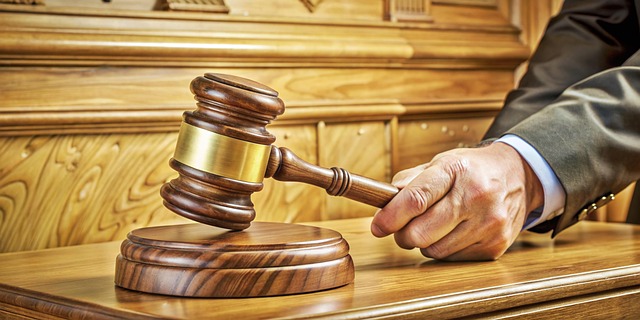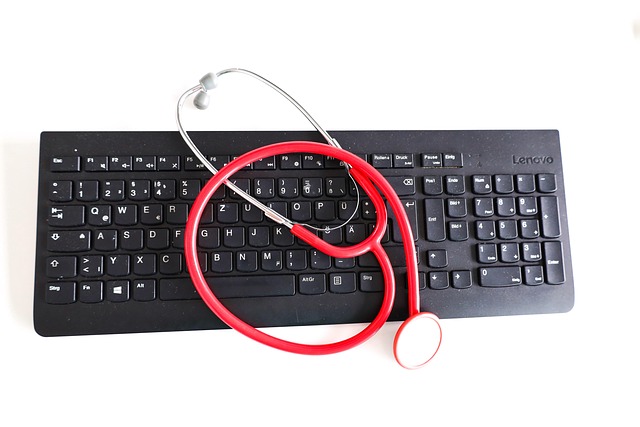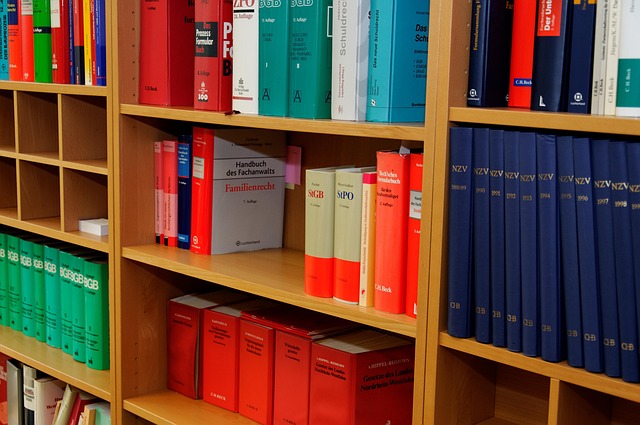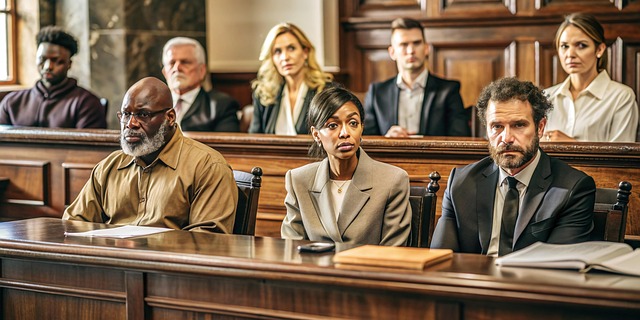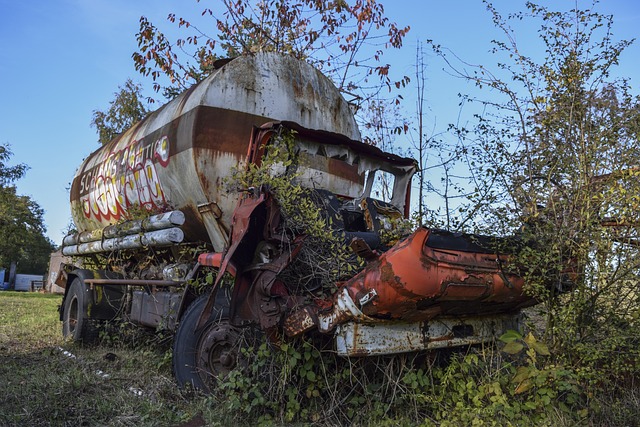Comprehensive evidence, including medical records, witness statements, photographs, and detailed treatment logs, is crucial for strengthening your position in injury claim negotiations. This documentation bolsters claims, predicts potential challenges, and enhances the likelihood of favorable outcomes, especially in complex cases like wrongful death, elder abuse, or insurance disputes. Organize and retain all relevant records, leveraging them strategically with the help of a legal professional to maximize impact during discussions.
Strengthening your position during injury negotiations is key to securing fair compensation. This guide offers valuable tips to navigate the process successfully, ensuring you’re prepared and confident. From gathering essential evidence like medical records, witness statements, and photographs, to understanding your legal rights and the steps involved in an injury claim, this article equips you with the knowledge needed. Learn effective communication strategies to present your case compellingly and avoid common pitfalls during negotiations, empowering you to advocate for your rights in the face of injury-related challenges.
- Gathering Evidence and Documentation
- – The importance of thorough documentation
- – Types of evidence to collect (medical records, witness statements, photographs, etc.)
Gathering Evidence and Documentation
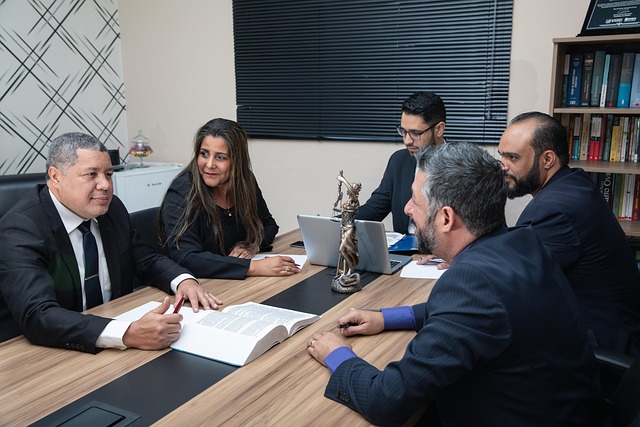
Gathering evidence and documentation is a crucial step in preparing for and strengthening your position during injury claim negotiations. This process involves collecting all relevant information that supports your case, such as medical records, witness statements, photographs of the incident scene, and any other pertinent data. For instance, in the case of slip and fall injuries, documenting the conditions that led to the accident can significantly bolster your personal injury claims.
Additionally, keeping detailed records of your injuries, treatments, and associated expenses is essential. These documents not only serve as evidence but also help in calculating compensation amounts accurately. Remember, thorough documentation can make or break your negotiation efforts, especially when dealing with complex cases like wrongful death. It ensures that your claims are well-supported and increases your chances of reaching a favorable outcome.
– The importance of thorough documentation
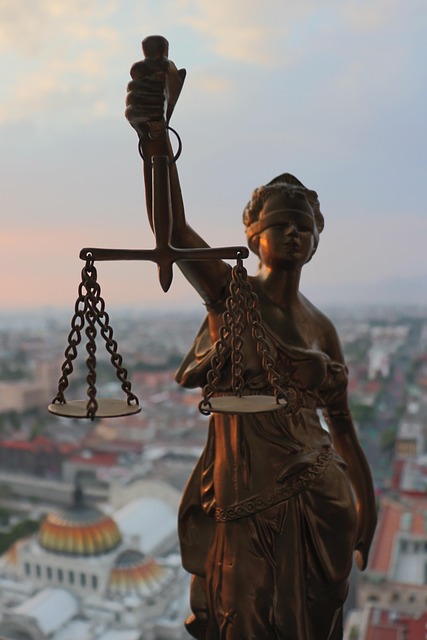
Injury claim negotiations can be complex and emotionally taxing processes, which is why thorough documentation is an essential cornerstone for building a strong case. Every detail matters; from initial medical reports to witness statements, ensuring your records are comprehensive will significantly enhance your position during discussions with insurance companies or even in court. Each piece of evidence should be meticulously organized and categorized to provide a clear narrative of events leading up to and following the injury. This meticulous documentation not only supports your claim but also helps predict potential areas where your opponents might try to weaken your case, allowing you to prepare counterarguments accordingly.
For instance, in cases involving elder abuse or insurance disputes, detailed records can be pivotal. These claims often require proving patterns of neglect or understanding complex insurance coverage disputes. Therefore, maintaining meticulous notes on interactions with caregivers, medical professionals, and insurance providers is crucial. Such documentation not only demonstrates your commitment to the process but also serves as concrete evidence, reinforcing your position during negotiations.
– Types of evidence to collect (medical records, witness statements, photographs, etc.)

When preparing for an injury claim negotiation, gathering comprehensive evidence is paramount to strengthening your position. Medical records play a crucial role, offering detailed insights into your injuries, treatments, and recovery progress. These documents can be invaluable in quantifying the extent of your damages and justifying your claims for compensation. Additionally, witness statements from bystanders or individuals who observed the incident can provide firsthand accounts, enhancing the credibility of your case.
Photographs are another powerful tool. They can capture the severity of injuries, document property damage, or illustrate any visible evidence related to the incident. In cases involving serious injuries, these visual aids can significantly impact negotiations and potentially lead to a more favorable client recovery outcome. Retain all relevant records, ensure they are well-organized, and consider consulting with a car accident lawyer who can guide you in compiling this evidence effectively for maximum impact during discussions.
When navigating an injury claim negotiation, having solid documentation and gathering relevant evidence are key to strengthening your position. By meticulously organizing medical records, acquiring witness statements, and capturing essential photographs, you can present a compelling case that supports your claims. Armed with this comprehensive evidence, you’ll be better equipped to secure the compensation you deserve during the negotiation process.
